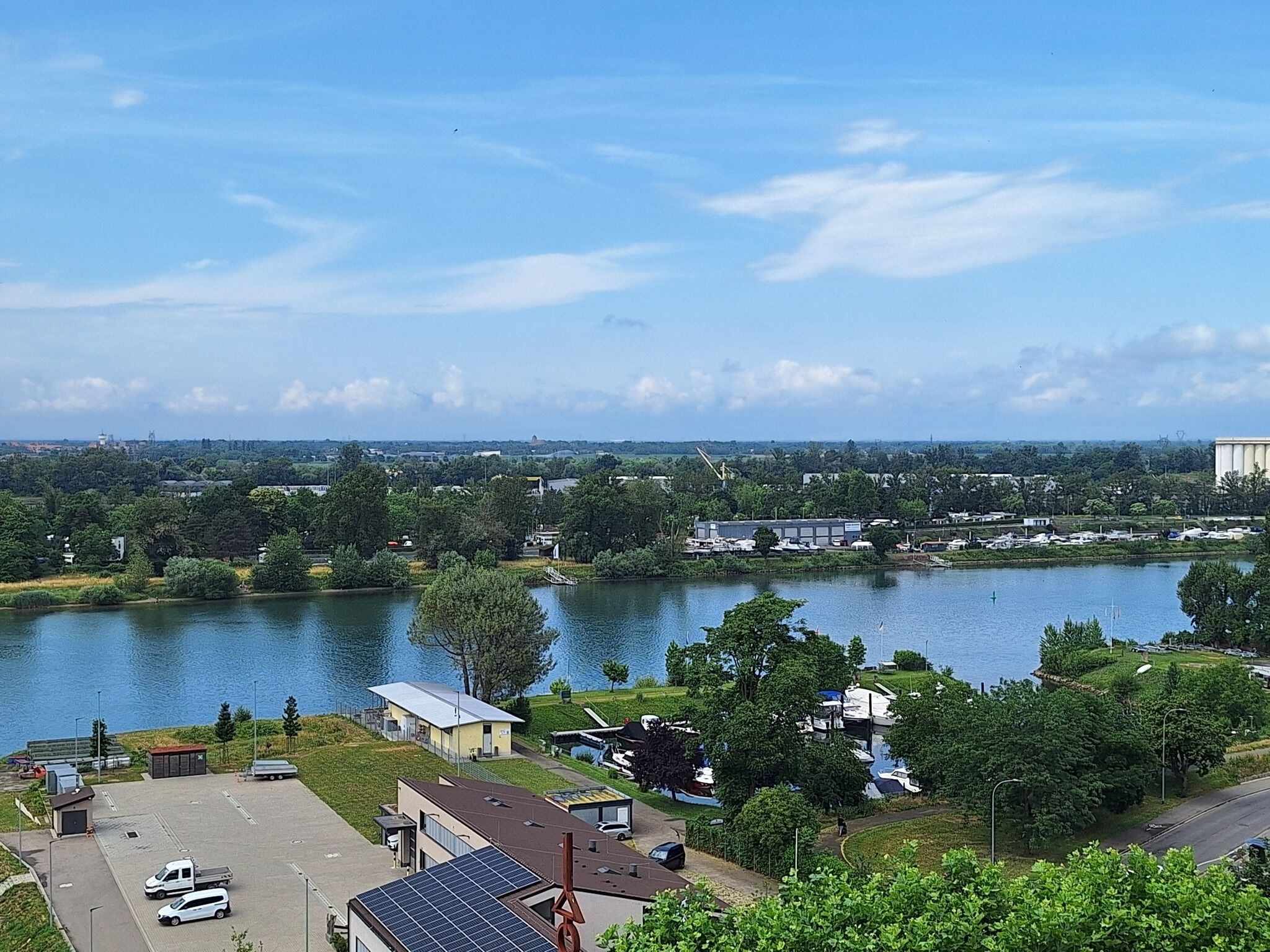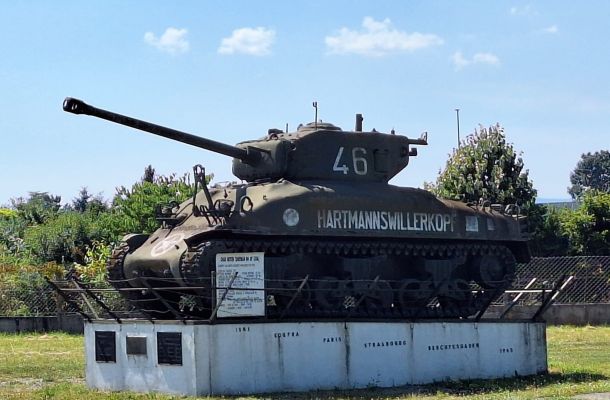When American and French forces returned to the Colmar Pocket in late 1944, they faced a daunting task. It took two weeks of fierce fighting to secure the high ground on the French side of the Rhine Valley. Unfortunately, the persistent low clouds and mist robbed them of the visibility they so badly needed to make full use of their hard-won vantage point.
By early 1945, as the Americans finally reached the Rhine, they discovered that the Germans had long been exploiting these hills — especially the so-called “Cathedral Hill” — as a perfect artillery observation post. Audie Murphy himself noted that the skies only cleared up on the very last day of the Colmar Pocket Campaign. From up there, he said, it was like looking down on a flat “pool table,” every target exposed.
Yet this very terrain had been an ideal setup for the Germans for years. On their side of the river rose the high ground of the Kaiserstuhl, a ridge perfect for spotting and directing artillery fire. The attacking Allies, by contrast, had to fight their way across a completely flat landscape. No sheltering forests, icy water obstacles, fortified villages at every turn — all under freezing temperatures and brutal winter conditions.

When American and French troops returned in January and February 1945, they were entering a landscape Audie Murphy would famously describe as a “defender’s battlefield.” Every hilltop and riverbank was in German hands — and it took extraordinary effort and sacrifice to wrest control of this unforgiving terrain.
